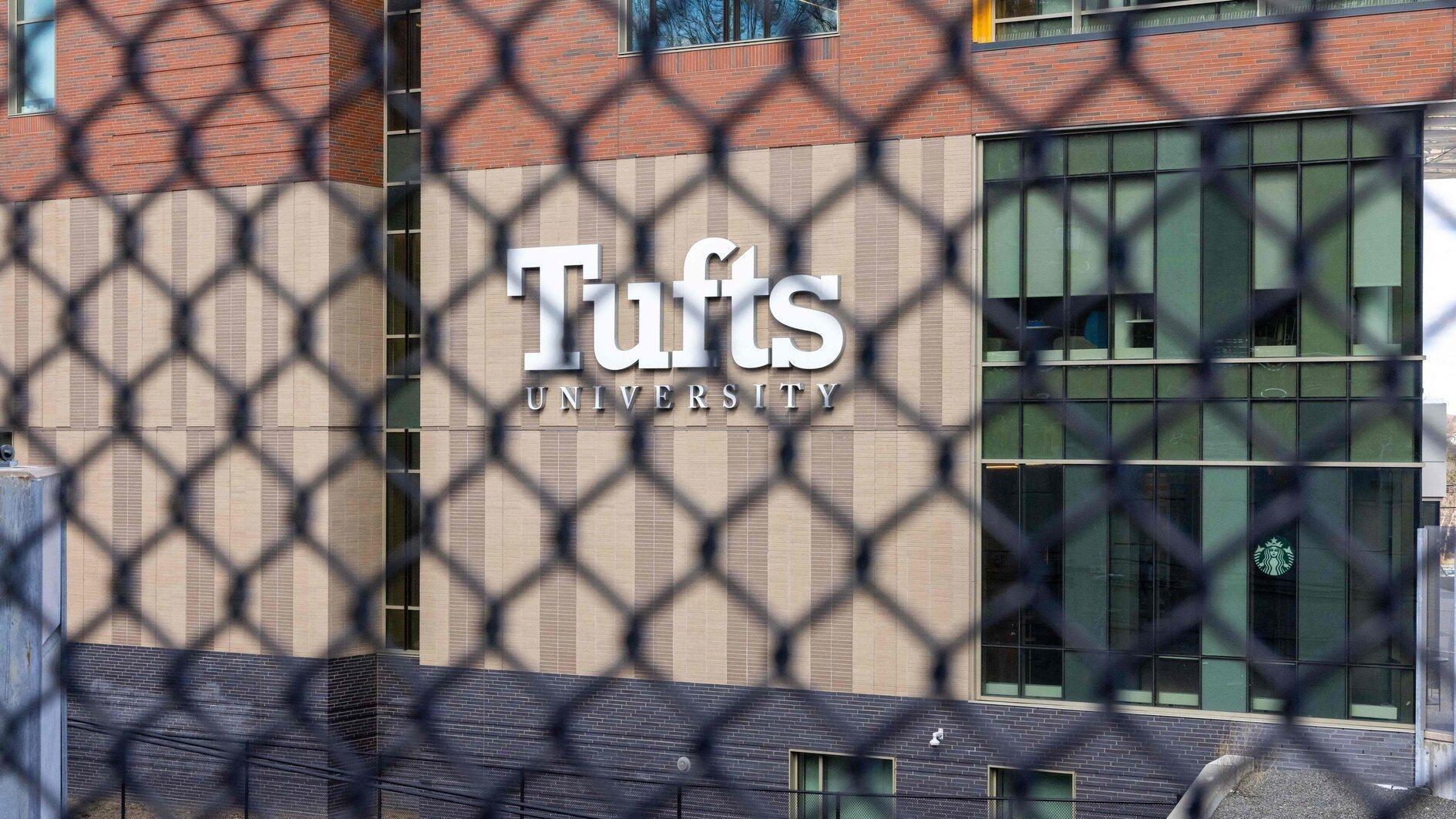Rare tiger cubs raising hopes for the endangered species
APPLE VALLEY, Minn.

A pair of rare Amur tiger cubs are making their public debut at the Minnesota Zoo, raising hopes for preserving an endangered species that's native to far eastern Russia and northern China.
Andrei and Amaliya got to venture outside and feel the grass of their new home under their paws on Sept. 11 for the first time since their 12-year-old mother, Dari, gave birth on May 23.
“They’ve done quite well since then," zoologist Trista Fischer said. "We’ve monitored them very closely. Dari’s been fantastic. She’s provided outstanding maternal care. And so today we’ve reached the point where they’re fully vaccinated and they’re now about 18-20 kilograms.”
Scientists estimate the Amur tiger population is just around 400 to 500 in the wild. They were near the brink of extinction in the 1930s and 1940s but have recovered somewhat since then. It's tricky to breed them, and around one in four Amur cubs don't make it to adulthood, whether it's in the wild or in captivity, she said. Poachers are another major threat.
But the Minnesota Zoo, located in the Minneapolis suburb of Apple Valley, has a long history of conserving tigers. Its Amur tigers have produced 57 cubs, 46 of which survived for at least 30 days. Of those 46, 21 have gone on to produce litters of their own, amounting to another 86 cubs. The births of Andrei and Amaliya raised the zoo's population to seven Amur tigers, including their sire, Luka.
Fischer is the leading coordinator for the Tiger Species Survival Plan, a breeding program in the United States with facilities in other countries that works on a global level to preserve the big cats. The plan manages three groups of tigers: Sumatran, Malayan and Amur.
Zoo spokesperson Zach Nugent said the cubs will remain housed together with their mom for about 18 months, before Andrei, the male, is moved to separate housing, around the same time a male cub in the wild would start venturing out on his own.
Amaliya, the female, may spend a little more time with Dari, up to 24 months. Then Fischer will determine whether either cub should be bred, and potentially moved for that to another accredited zoo, which typically happens after the cubs are 2 years old.
















